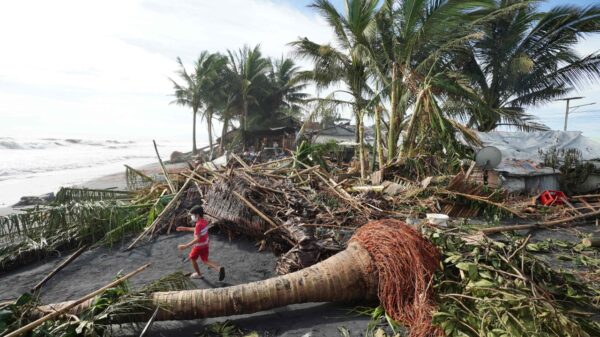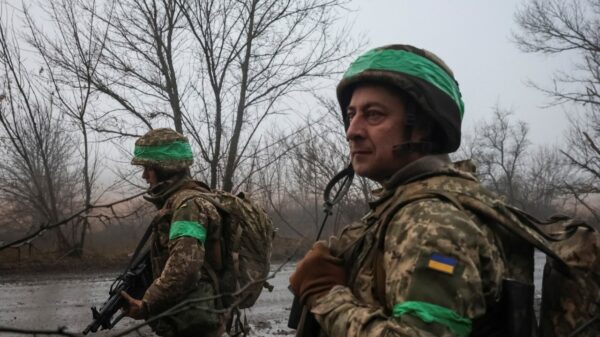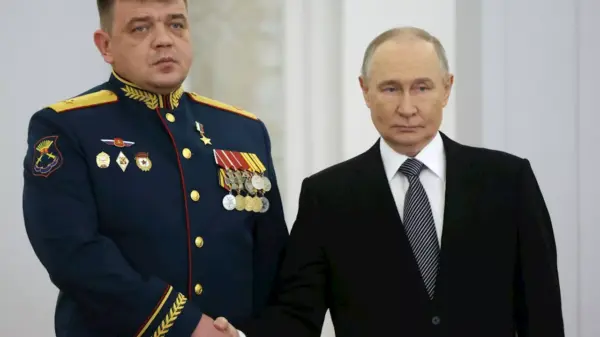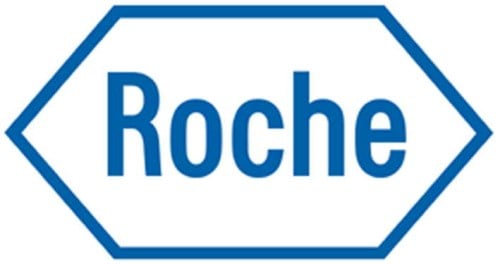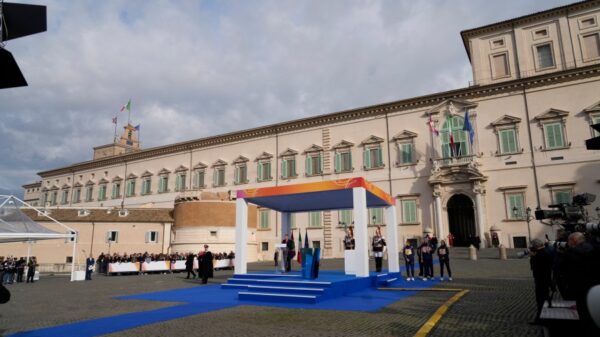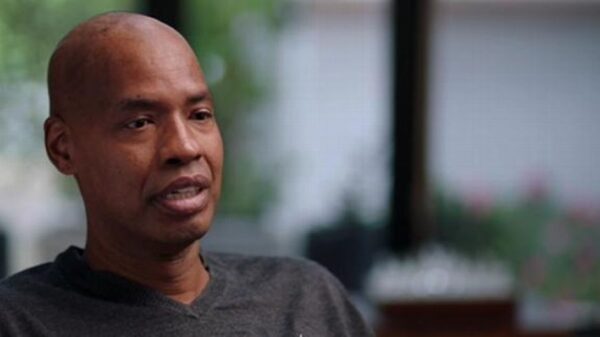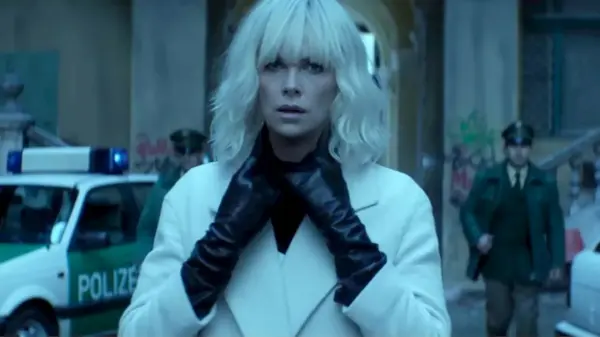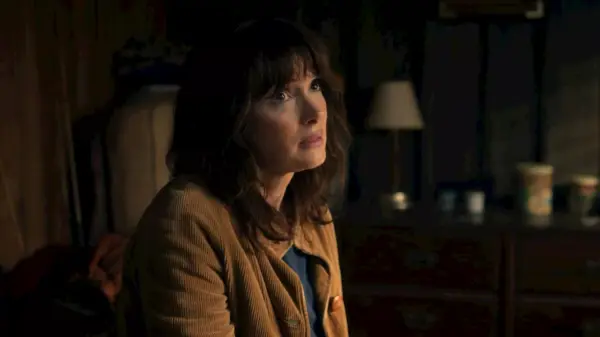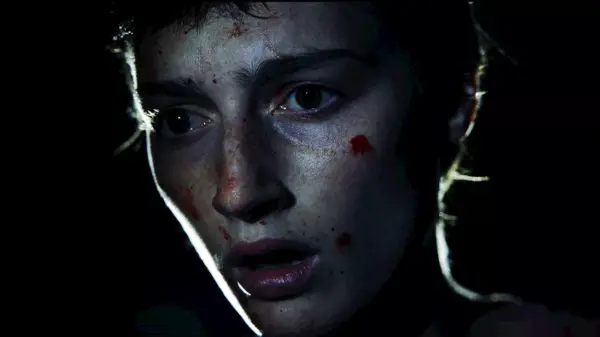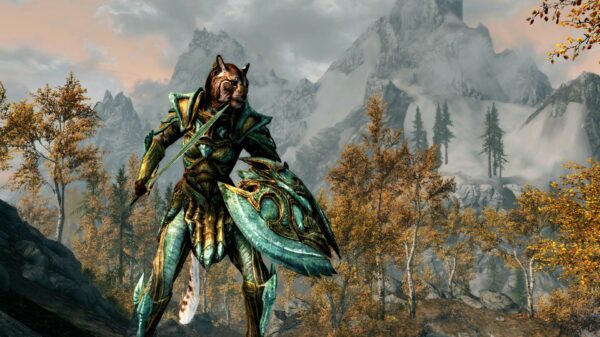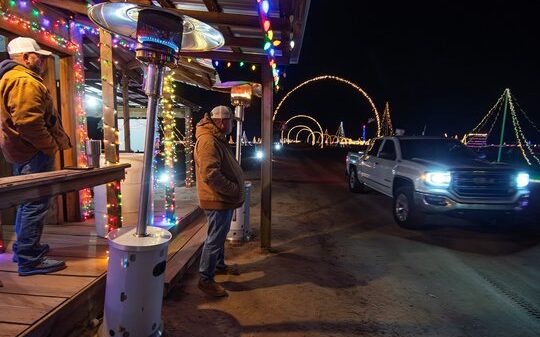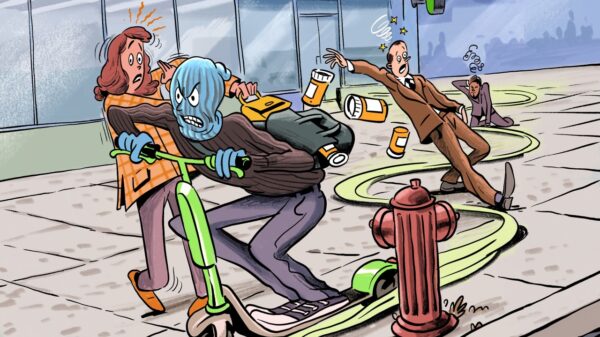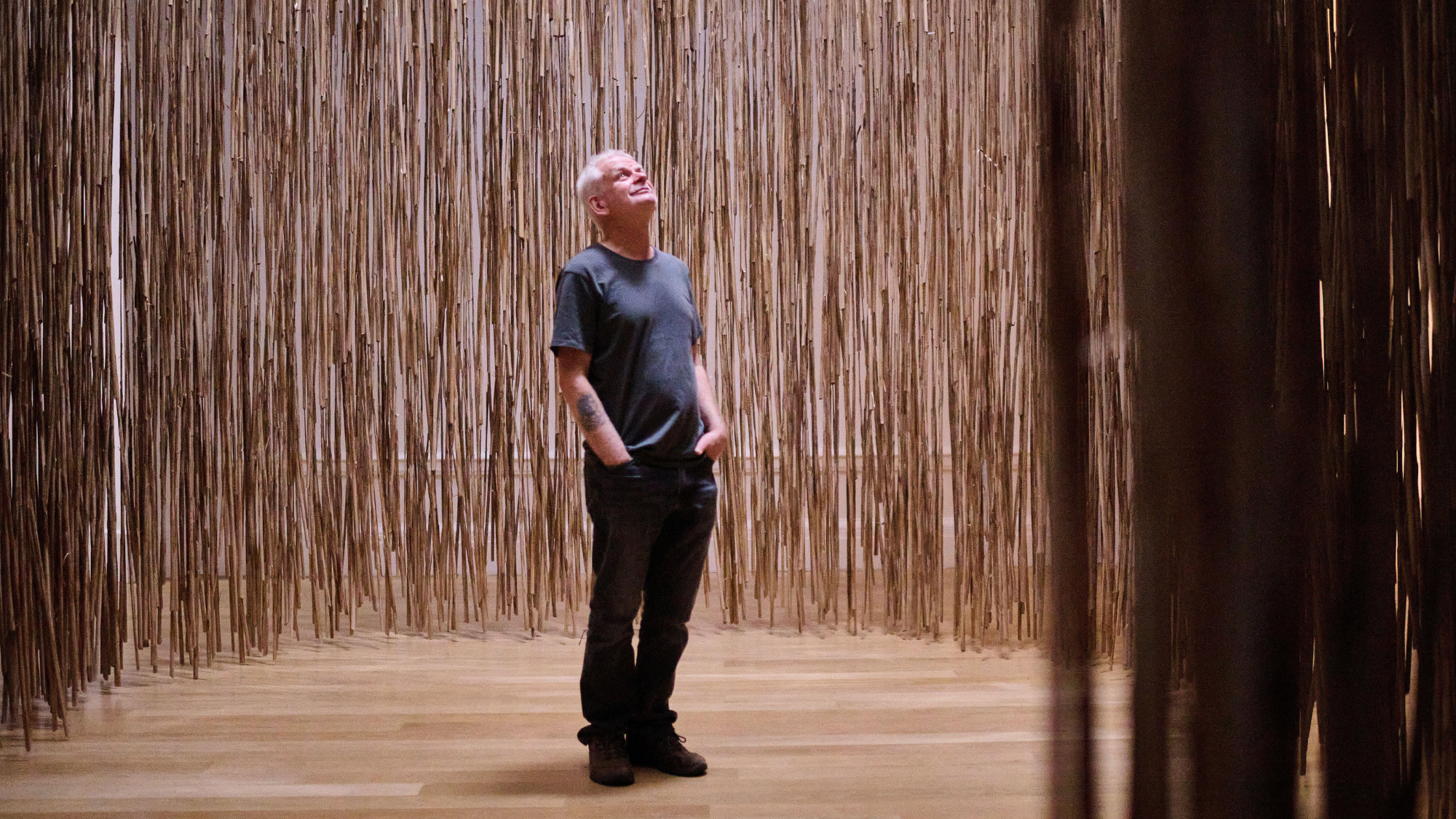Andy Goldsworthy is being celebrated for his remarkable artistic journey spanning 50 years with a comprehensive retrospective at the Royal Scottish Academy in Edinburgh. The exhibition showcases over 200 works created since the 1970s, highlighting Goldsworthy’s unique ability to transform natural materials into captivating art. This collection includes photographs, films, drawings, and major installations that reveal the depth of his engagement with the natural world.
Critics like Waldemar Januszczak have praised Goldsworthy for his imaginative and poetic approach, noting that he works with the simplest of materials such as rocks, leaves, and twigs. Despite his popularity, some within the art establishment have overlooked him, deeming his work too accessible and rural. This exhibition aims to challenge such perceptions, emphasizing that Goldsworthy’s art is anything but superficial.
Exploring Themes of Nature and Humanity
A focal point of the exhibition is the way Goldsworthy navigates the complexities of nature without sentimentality. Jonathan Jones from The Guardian notes that his creations encapsulate the raw beauty and sadness of the British countryside. Among the striking pieces is a long sheepskin rug that adorns the grand staircase of the gallery, crafted from discarded shearing scraps and stitched together with thorns, offering a powerful commentary on human interaction with nature.
At the top of the staircase, visitors encounter a screen made from rusty barbed wire, creating a mystical atmosphere while also provoking thought about the barriers that exist within the natural world. Goldsworthy also presents a series of watercolours made using hare’s blood and snow, further showcasing his innovative use of unconventional materials.
Many of Goldsworthy’s outdoor pieces are represented through photographs and videos, such as the elegantly curving Grizedale Wall, which integrates seamlessly into its forested surroundings. Another notable work is a giant snowball that Goldsworthy transported from the Scottish Highlands to London’s Smithfield meat market in June 2000, a striking display of his commitment to merging art with the environment.
Addressing Rural Issues Through Art
Critics of Goldsworthy’s work often overlook the political dimensions embedded in his art. Alastair Sooke from The Daily Telegraph highlights that Goldsworthy addresses significant rural issues, including land ownership and access. His recurring motifs of walls, fences, and fissures serve as metaphors for the complexities of agricultural life.
One of his poignant works, Gravestones (2025), features a collection of stones displaced from cemeteries in Dumfries and Galloway, where Goldsworthy resides. This piece serves as a moving reflection on mortality and the inevitability of death, showcasing his ability to weave profound themes into his art.
The exhibition at the Royal Scottish Academy is not just a celebration of Goldsworthy’s artistic achievements; it is a recognition of a misunderstood artist whose work resonates deeply with both the public and the environment. Visitors to the exhibition, running until November 2, 2023, are invited to immerse themselves in the beauty and rawness of Goldsworthy’s creations, reaffirming his status as one of the finest landscape artists of our time.







